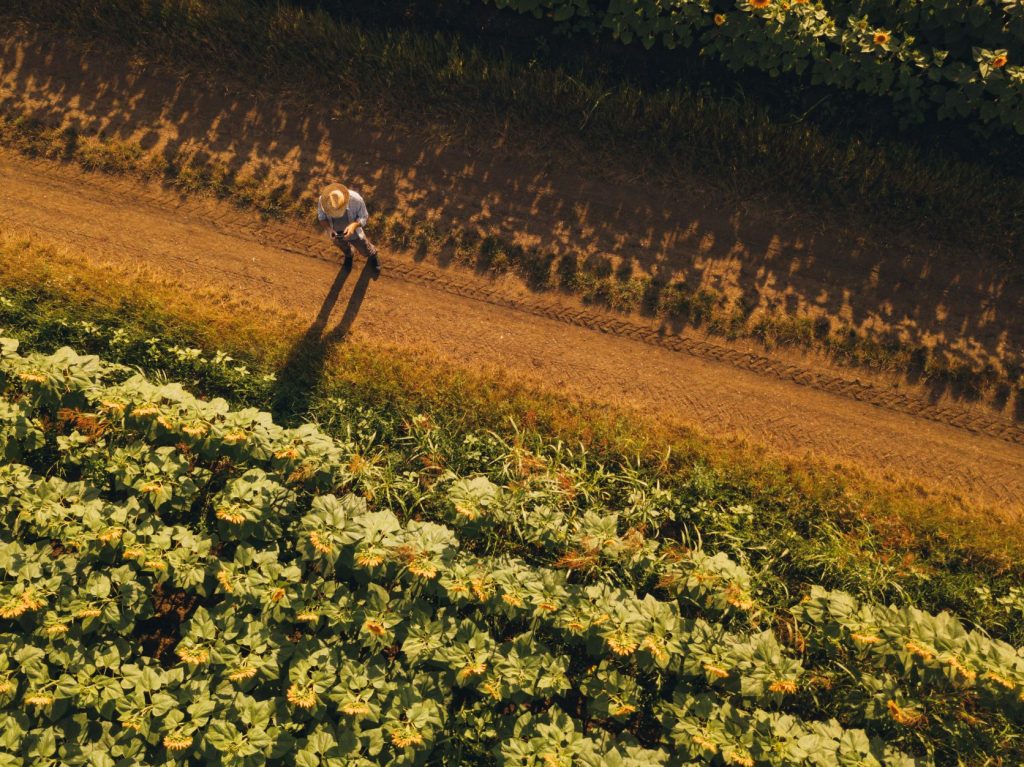Crop Protection in Agriculture – Strategies & Their Implementation
There are several strategies to protect crops from insects and pests. These include biological control, chemical control, fungicides and integrated crop protection. There are many ways that insects can harm crops, so it is important to use a combination of all three.